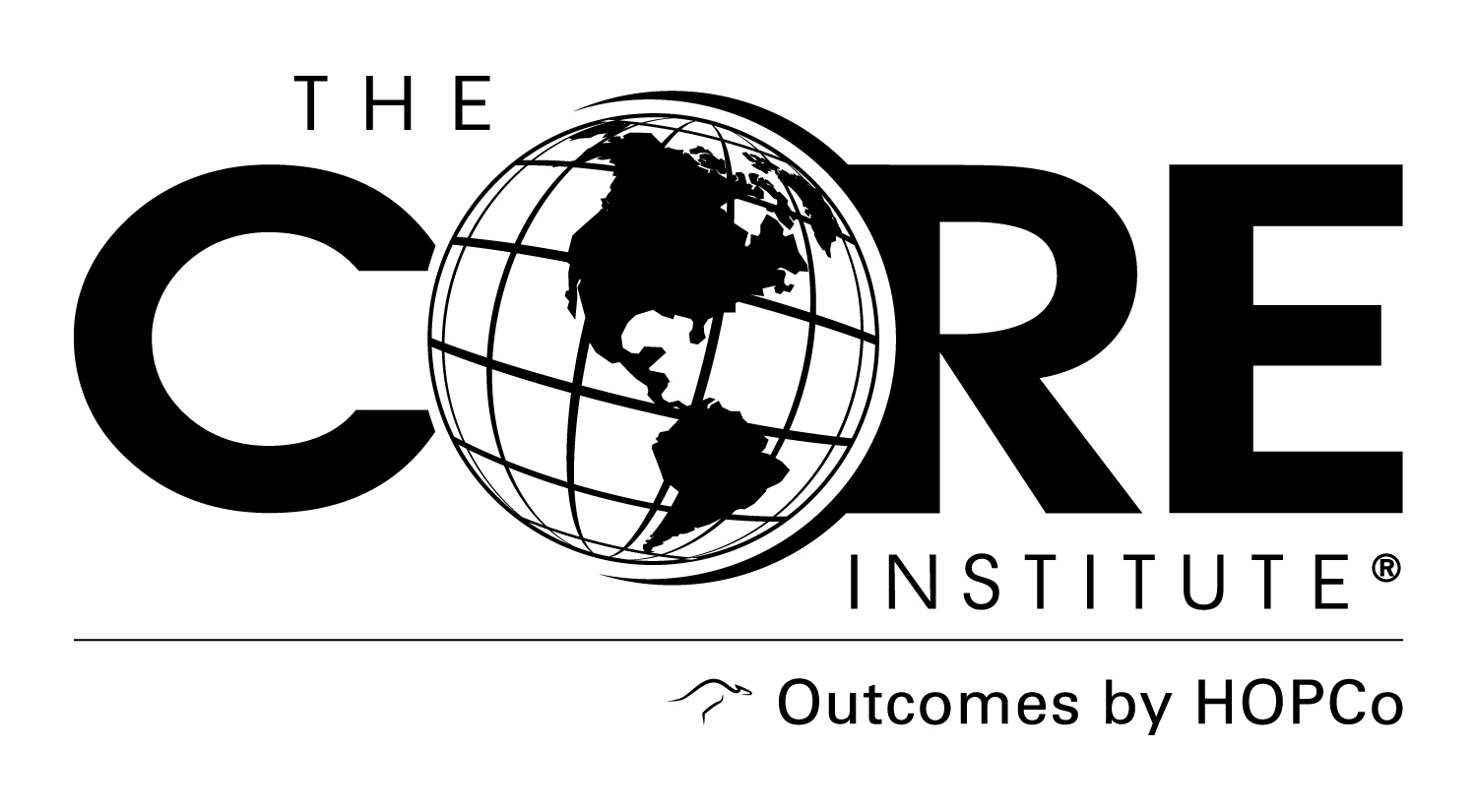Introduction
When you think of scoliosis, what comes to mind? Perhaps a childhood diagnosis or a visibly curved spine. Scoliosis, however, encompasses more than a spinal curvature; it can significantly impact daily life in ways that are often overlooked.
 Scoliosis is a medical condition characterized by an abnormal lateral curvature of the spine, often forming an “S” or “C” shape. While the spine typically appears straight when viewed from behind, individuals with scoliosis exhibit a sideways curve that can vary in severity. This condition is most commonly diagnosed in children and adolescents, particularly during growth spurts, but it can affect individuals at any age, including adults.
Scoliosis is a medical condition characterized by an abnormal lateral curvature of the spine, often forming an “S” or “C” shape. While the spine typically appears straight when viewed from behind, individuals with scoliosis exhibit a sideways curve that can vary in severity. This condition is most commonly diagnosed in children and adolescents, particularly during growth spurts, but it can affect individuals at any age, including adults.
The impact of scoliosis on daily life ranges from minimal to significant, depending on the degree of curvature and individual circumstances. Those with little curvature may have mild or no pain, while more severe curvatures can lead to chronic back pain, reduced mobility, and visible postural changes such as uneven shoulders or hips. In some instances, severe scoliosis can also affect lung and heart function due to the distortion of the chest cavity.
In children and adolescents, it may lead to noticeable physical changes, while adults might experience chronic pain and functional limitations. Recognizing scoliosis as a progressive condition underscores the importance of early diagnosis and proactive management.
Understanding Scoliosis Progression
The severity of scoliosis is measured using something called the Cobb angle. This number shows how much the spine curves, based on an X-ray. A higher Cobb angle means a more noticeable curve, which helps doctors decide the best treatment approach — whether it’s watching the curve over time, using a brace, or considering surgery.
For many children and teens with moderate scoliosis (typically curves between 25–45 degrees), bracing is the first treatment considered—especially if the spine is still growing.
How Braces Work
Braces don’t reverse scoliosis, but they can prevent the curve from getting worse. By applying consistent external pressure, they guide the spine’s growth and help delay or avoid surgery. There are several brace designs tailored to individual needs, including:
- TLSO (Thoraco-Lumbo-Sacral Orthosis) – one of the most common.
- Boston brace – widely used and customizable.
- Rigo-Cheneau brace – designed for three-dimensional correction.
- Providence/nighttime brace – worn only at night for certain curve types.
Bracing typically requires daily wear for up to 18–23 hours, depending on the treatment plan. While some physical activities may be restricted, many kids continue sports and daily routines. Bracing usually ends once skeletal growth stops. Studies show that bracing can be effective in slowing or halting curve progression in many cases. However, it does have limitations—it requires consistent use and doesn’t work equally for everyone.
Surgical Options for Scoliosis
Surgery is generally recommended when the curve is greater than 50 degrees, if there’s rapid progression, or if bracing has failed to stop worsening the curve. Common surgical procedures include the following:
- Spinal Fusion: This is the most common scoliosis surgery. It involves fusing two or more vertebrae together using rods, screws, and bone grafts to stabilize the spine and prevent further curvature. Recovery can take several months but typically results in significant improvement.
- Growing Rods & Vertebral Body Tethering (VBT): These are used for younger patients whose spines are still growing. Growing rods are periodically lengthened to keep up with the child’s growth, while VBT uses a flexible cord to guide the spine’s growth without fusion.
- Minimally Invasive and Fusionless Procedures: Emerging options are being developed, offering smaller incisions, faster recovery, and the possibility of preserving more spinal flexibility.
While surgery often leads to lasting improvement in spinal alignment and quality of life, it carries risks like infection, hardware issues, and nerve damage. A thorough discussion with your surgeon is critical to understanding your specific risks and expected outcomes.
Beyond Braces and Surgery: Additional and Supportive Treatments
Scoliosis care doesn’t end with braces or surgery — many patients find relief and support through complementary treatments such as physical therapy to improve posture and reduce pain, pain management strategies like medications or bracing (especially for adults), and lifestyle adjustments including low-impact exercise, stretching, or mindful movement like yoga or Pilates. Some also explore alternative therapies like chiropractic care or acupuncture, which may offer symptom relief when used responsibly alongside medical treatment, though evidence for their effectiveness is limited.
Living with Scoliosis: What Patients Should Know
Scoliosis is a lifelong condition, but with regular check-ups, a strong support system, and care for both body and mind, many people—especially teens—can stay active, build confidence, and enjoy a full and rewarding life.
Conclusion
There is no one-size-fits-all treatment for scoliosis. Every spine is different—and so is every patient. It is key to have individualized care that takes into account your needs, goals, and stage of life. From bracing to surgery and supportive therapies, understanding available treatment can empower you to evaluate options and choose the best one for you. If you or a loved one has been diagnosed with scoliosis, don’t wait. Early evaluation leads to better outcomes.
To learn more or find care; schedule an appointment online or call 866.974.2673.
- The Vein Health Center at The CORE Institute expands services with addition of new experts - November 17, 2025
- The CORE Institute Keeps Pickleball Players in the Game (Video Included) - October 28, 2025
- Does Standing All Day Cause Spider Veins In Your Legs? - October 23, 2025
